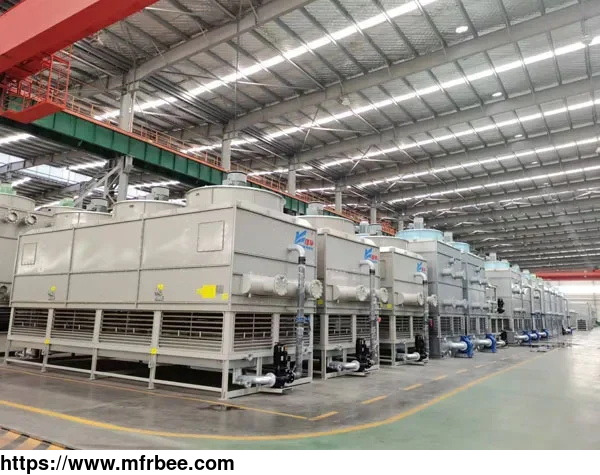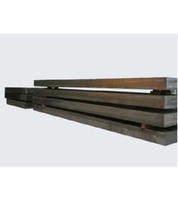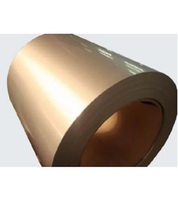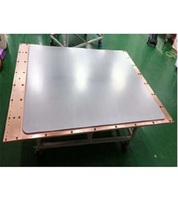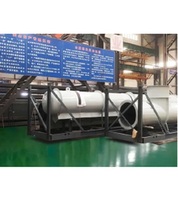Plate Heat Exchanger
Quick Detail
- Minimum order:1
Specifications
Plate heat exchanger is a highly efficient heat exchange system comprised of a series of metal sheets with a specific corrugated shape. These sheets are arranged to form thin rectangular channels
that enable efficient heat exchange.
These industrial plate heat exchangers find extensive use across a wide range of industries such as chemical, petrochemical, electric power, nuclear power, light industry, food, medicine,
machinery, heating and cooling, shipping, metallurgy, mining, driving power, and military. They meet the diverse technological requirements of these industries, including heating, cooling,
evaporation, condensation, and waste heat recovery of process media.
PHE Plate Heat Exchanger Product Structure
Definition of PHE Plate Type Heat Exchanger:The plate heat exchanger is a highly efficient heat exchange system consisting of multiple metal sheets with specific corrugations. The arrangement of
these sheets creates thin rectangular channels that facilitate effective heat exchange.
Types of Plate Style Heat Exchanger:There are primarily two types of plate heat exchangers - detachable plate heat exchangers and fully welded plate heat exchangers. Fully welded plate heat
exchanger employs welded seals design, eliminating the pressure and temperature limitation of detachable plate heat exchangers with rubber gasket seals and improving equipment reliability.
There are three types of plates used in these heat exchangers - herringbone corrugated plates, horizontal straight corrugated plates, and nodular plates.
Composition of Plate and Fin Heat Exchanger:A plate-fin heat exchanger consists of three main components - fins, partitions, and seals. The fins are placed on one partition, then another partition
is placed on top, and both sides are enclosed by seals to form a channel. These channels are stacked and arranged in various configurations and then brazed together to form the core-plate bundle
unit of the plate-fin heat exchanger.
all welded plate heat exchanger belongs to dividing wall type heat exchanger. In terms of the heat transfer mechanism, its biggest feature is its extended secondary heat transfer surface, so the
heat transfer process is not only carried out on the primary heat transfer surface but also on the secondary heat transfer surface simultaneously, and the secondary heat transfer area is larger,
usually 1.5 - 3 times the primary heat transfer surface area. The fully welded heat exchanger has the secondary heat transfer area, which is incomparable to other heat exchange equipment.
In 2007, Longhua Technology Group (Luoyang) Company established the Tubular Heat Exchanger Division. Based on the guiding ideology of \"High Starting Point, High Standard, High Quality and
Continuous Innovation\", the plate heat exchanger company has accelerated the pace of technology industrialization and successfully launched a series of high-efficiency and compact plate heat
exchanger products to meet the market demand, thereby providing clients with high cost-effective heat exchange solutions according to different process conditions (pressure, temperature, medium,
etc.).
Longhua Plate Heat Exchange Products:LHWP Series Fully-Welded Plate Heat ExchangersLHWP-F - F-type Fully Welded Plate Heat Exchanger (WPHE of Flex Modal)LHWP-R - R-type Fully Welded Plate Heat
Exchanger (WPHE of Removable Modal)LHWP-B - B-type Fully Welded Plate Heat Exchanger (WPHE of Compact Block Modal)LHWPE - Fully Welded Plate EvaporatorLHWPR - Air Preheater/Regenerator (WPHE For
Recover Energy)
Fully Welded Plate Evaporator
LHWPE fully welded plate evaporator is one of the new products launched by the Company in recent years. Compared with tubular evaporator, LHWPE has many advantages such as high heat transfer
efficiency, compact structure, and unique distributor design, which is more conducive to film evaporation and so on. Falling film evaporation and rising film evaporation can be realized.
Advantages of Plate Heat Exchanger
The welded plate type heat exchanger is characterized by its high heat exchange efficiency, small pressure drop, compact structure, small footprint, broad applicability, low metal consumption, and
long service life.
Leakage Resistance: Due to its fully welded construction without the need for gaskets, the welded plate block heat exchanger boasts enhanced resistance to leakage, significantly reducing
maintenance requirements.
High-Temperature and Pressure Durability: In comparison to traditional shell-and-tube heat exchangers, the PHE-type heat exchanger exhibits superior resistance to both high temperatures and
pressures, ensuring reliable performance even in challenging environments.
Optimized Heat Exchange Efficiency: The absence of thermal resistance between fluids and plates contributes to exceptional heat exchange efficiency, allowing for optimal transfer rates.
Space-Efficient Design: Welded welded block heat exchanger feature a compact structure, occupying minimal space when compared to other heat exchanger types. This space efficiency is especially
valuable in installations with spatial constraints.
Reliability Assurance: At Longhua, we uphold the highest standards of quality and safety. Our products undergo rigorous testing and adhere to certifications such as GRG, FDA, and SGS, ensuring
reliability and meeting stringent industry requirements.
Comparison with tubular type:
Each plate bundle is welded by two corrugated plates. One medium passes through the inner channel of the plate bundle, while another medium passes through the outer channel of the plate bundle, so
the plate bundle is also called plate tube. The different corrugated forms of the plate can strengthen the flow disturbance in the corrugated flow channel, so that turbulence is formed at a very
low Reynolds number, thus enhancing heat transfer. Compared with the heat exchange tube, its advantages are more significant.
For the same pressure loss, its heat transfer coefficient is 3-5 times higher than that of tubular heat exchanger, its floor area is one third of that of tubular heat exchanger, and its heat
recovery rate can reach more than 90%.
Application of Plate Heat Exchanger
Plate heat exchanger products are highly efficient heat exchange solutions adapted to modern industrial requirements. With their exceptional heat transfer efficiency, small temperature difference
heat exchange, compact structure, small footprint, flexible operation, and easy maintenance, these products are extensively used in several industries such as chemical, petrochemical, electric
power, nuclear power, light industry, food, medicine, machinery, heating and cooling, shipping, metallurgy, mining, driving power, and military. They meet the diverse technological requirements of
these industries, including heating, cooling, evaporation, condensation, and waste heat recovery of process media.
Industry Application - Power industry
Plate heat exchanger is a kind of essential equipment in the cooling system of power plant, including oil cooler, closed circulating water cooler, flue gas heater, air preheater and so on according
to the difference of application fields.
Air preheater (APH): It is an important supporting device in modern power plants burning fossil fuels. Using the high-temperature flue gas discharged from the boiler to preheat the combustion air
can greatly improve the boiler efficiency.
Industry Application - Chemical Industry
Plate heat exchanger can be used in chemical industry, such as petrochemical, refining, textile, chemical fertilizer, acid and alkali factories.
